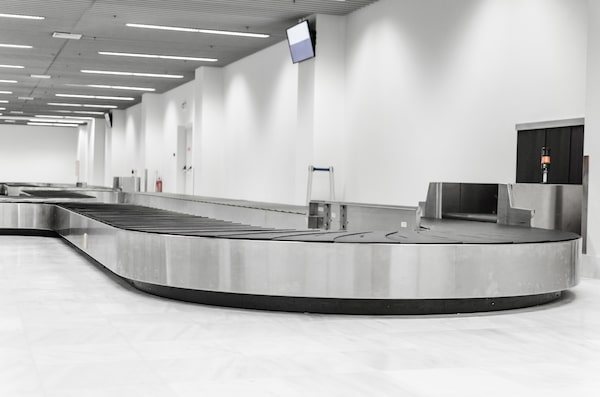
iStock/iStock
1. Come up with an inventory of what’s in your bag
“Each bag tag has a unique bar code. Ideally each bag is scanned at every point along the journey,” says Adrian Lee, a ticket agent who retired last year after working at Los Angeles International Airport for 17 years. “But the worst case scenario is when a tag comes off of a bag. It doesn’t happen often, when it does we call it a ‘tag off.’ ” When that happens, airline agents enter a list of items in your bag, in the hopes it matches with another entry in the airline’s database.
2. Get your cash up front
In addition to an amenity bag filled with the basics (toothbrush, comb), airlines are authorized to dole out a preset amount of money, so you can buy items you’ll need immediately, such as underwear. Passengers are typically asked to keep receipts and submit them later for reimbursement, but you’re better off getting the cash up front, in case you lose the paperwork (or forget to send it in).
3. Know your rights
Certain regions of the world have legally mandated bills of rights for passengers. For example: If you’re flying within or from the European Union, on an EU airline, you can claim compensation of up to €1,220 $1,864) for lost luggage.
4. Ask for the max
Airline agents often have some leeway in how much money they disburse in the case of a delayed bag, so approach that conversation as a bargaining situation. Travel writer Gayle Keck remembers landing in Tokyo without her bag. “I was flying in from steamy Thailand, so was dressed for the tropics, but it turned out that they had a stash of Uniqlo lightweight down jackets and gave me one. I never would have gotten it , without being persistent.”
5. Download the airline’s app
A number of airlines provide helpful baggage info on their apps – Delta, for example, provides real-time updates on your bag’s location and Lufthansa will provide a digital copy of your baggage tag.